Addictive buildings
Addictive buildings
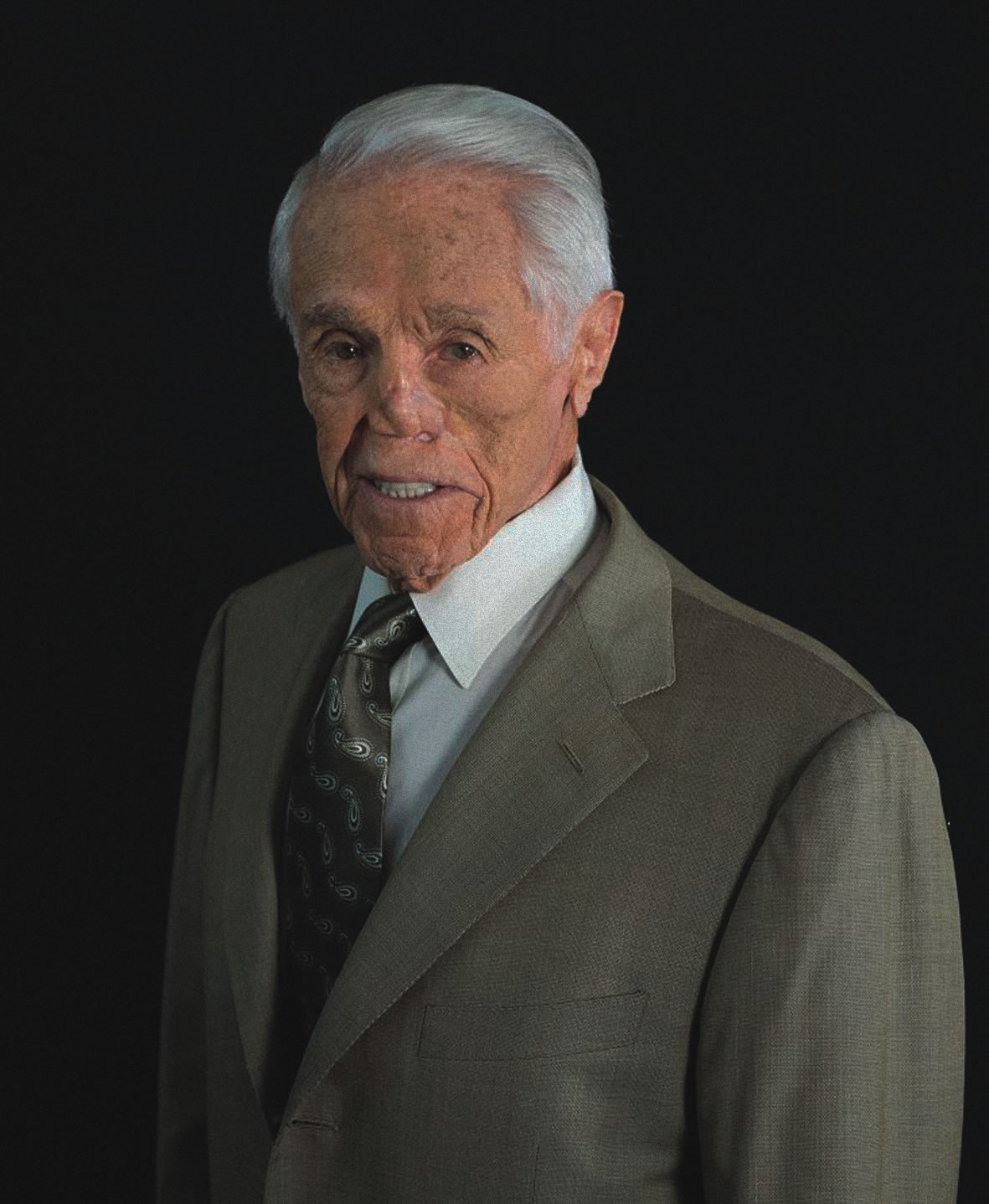

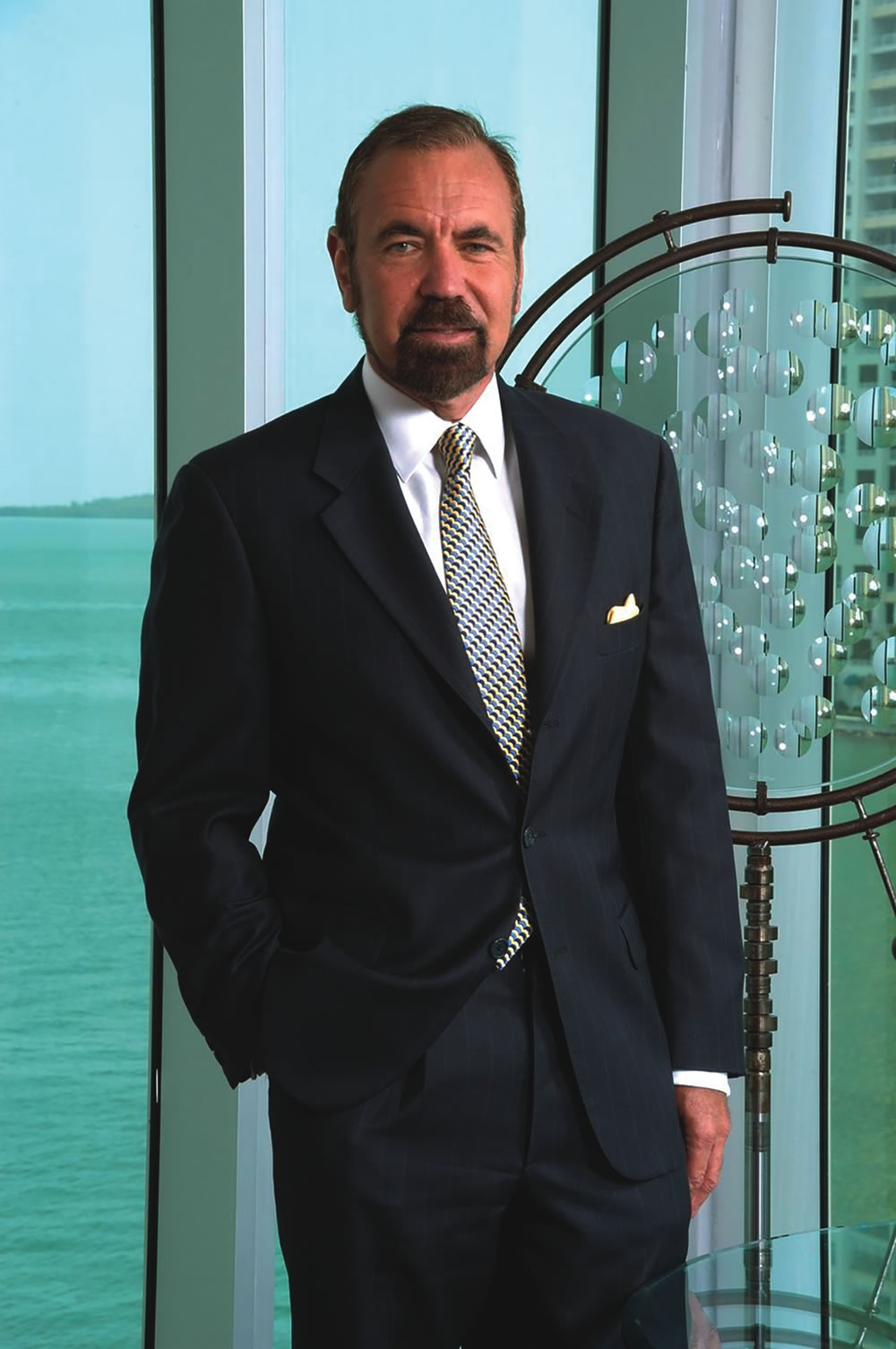
Developers are far more prudent today than ever be-fore because we learned the lessons from the last recession. We borrowed too much then and when the market crashed, it was hard to pay back the loans. The staying power of developers was greatly reduced.
This time around lending has comprised a much lower percentage of development. At Related, leverage has become quite low. The ratio of our bank loans to total costs is fairly insignificant, so should there be a slow-down, we would be in a much better position to deal with any loans in any one of our jobs. The new deposit structures for preconstruction projects – we were the first to implement this – require significant cash payments up front. In the first two buildings we developed post-recession, we required down payments of 80 percent of the purchase price. Today, we as a market have settled in at 50 percent, which is still significant, considering that pre-recession this was at 20 percent.
Related has also become more diversified. We have our luxury condominium projects, which are doing well, but the company is also expanding in its property management and multifamily divisions here in South Florida, as well as globally. We are engaging in more joint ventures and are continuing to acquire great sites for future developments. If the condominium market slows, the company can sustain itself. Miami developers today are more adept at handling what is called “patient money” – money in the market today that doesn’t need the short-term gains and is really there for the long-term.
In terms of financing, what safeguards exist today that mitigate some of the risks in Miami real estate?
The difference between today and the previous cycle is the level of financing from banks has been greatly reduced, which decreases the risk exposure of developers. Banks are lending at a much lower rate. They are more conservative and are being paid back more than in the past. They are scrutinizing the quality of the developer before they lend. On the other hand, there are more equity sources coming into Miami, making avail-able a greater diversity of funding.
It is not only developers and financiers that have become more refined– the buyers and investors have too. There are 80 countries represented among the buyers of Related projects. The capital infusion from foreigners launched this market’s rebirth. These buyers are very sophisticated. They hedge themselves on their currency with the dollar constantly, so events like currency fluctuations and the strengthening U.S. dollar are less of a concern for this market than it was 20 years ago.
One trending Miami neighborhood for condo development is Edgewater, where Related has big projects. What is the growth potential of this area?
Edgewater, or Edgewater East, is a waterfront stretch from 20th Street up to 36th Street along Biscayne Boulevard. The geography alone speaks to area’s potential. It is bound by the Julia Tuttle Causeway to the north, the Venetian Causeway to the south, Biscayne Bay to the east, and Biscayne Boulevard to the west. The area offers incredible views, and is well-connected to downtown and the beach. This pocket was not penetrated much in the old days, so there was immense opportunity, which was why during the downturn we started purchasing distressed properties in the area from the banks.
How are Related’s Edgewater projects progressing?
Our Edgewater properties have seen strong demand, and progress in both construction and sales has been remarkable. In November 2014, we broke ground on Paraiso Bay, and today 99 percent of the units have been sold. ONE Paraiso is 94 percent sold, and that broke ground in December 2014. Our fourth tower, Paraiso Bay Views, is 70 percent sold, and we started closings in our first Edgewater project, Icon Bay, which is sold out.
Outside of real estate, you have made significant investments in Miami’s cultural infrastructure. How do arts and culture support Miami’s growth?
I think Miami’s art and culture offering have been one of the great engines for Miami’s growth. Even in the condominium projects, you are seeing how art is taking center stage – for instance, we have taken art pieces valued at $2 million to $4 million and put them in our buildings. More than anything else, events like Art Basel Miami Beach have highlighted Miami as not just a fun place, but as a cultural place, where art is an integral part of the community. Miami has become a place where art thrives. We never had that before. Art has become an important part of Miami becoming a truly great metropolis.
How would you characterize Miami’s art scene?
We excel in contemporary art and Latin American art. The niche for arts in Miami, like Miami itself, is that it functions as the center between the north and the south of the Americas. We are definitely not New York City – we don’t have the Metropolitan Museum of Art and the Museum of Modern Art (MoMA) like New York does – but we are striving to get there. The exhibits we’ve had at the Perez Art Museum Miami (PAMM), such as the Ai Weiwei and others featuring emerging artists, have been highly acclaimed. We have a long ways to go, and we still have to invest massively in cultural infrastructure to get to the level of a true global city.
Crucial for growing the arts, and broader economic diversification, in Miami is having affordable and attainable housing. As an expert in this realm, what do you feel needs to happen to promote affordability?
It’s a huge challenge. When we talk about having a 24-hour city, filled with people who live, work, play, and shop, we don’t want this to just be for the rich people, or the upper middle class; we want this to be for everybody, from artists to workers, and so forth. Unfortunately, developing in urban areas – and this is not unique to Miami – is very expensive. The majority of the population cannot afford the condominiums being built in the downtown and urban locations. This is a huge problem that cannot just be solved by the private sector. We need government programs and subsidies to allow all segments to afford housing in this global city we’re trying to create.
There are innovative ways for private sector to tackle housing concerns. Although Related is active in the luxury segment, we also have a division geared towards attainable housing. In some areas we’ve created apartment buildings where rents are structured such that 80 percent is set at market rate and 20 percent is restricted to a certain portion of tenants’ income. We’ve done joint ventures with the county on rehabilitating the public housing that has been sitting out there for 40 to 50 years – and we are bringing federal tax credits in rehabilitating them. Resolving this challenge will entail a combination of both public and private sector solutions.
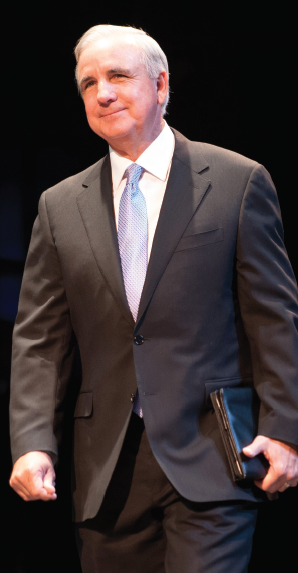
You have supported major projects like the renovation of the Miami Beach Convention Center, a Major League Soccer stadium, and SkyRise Miami. What commonality do these projects share?
Those are only some of the projects we have supported. They are hot topics for the day, but nowhere close to be-ing representative of what this administration is about.
How then would you characterize the types of projects you support? How do they reflect your strategic vision for progressing this community?
A great example is eMerge Americas, a five-day tech conference hosted in Miami. We’ve supported eMerge from the very beginning and we’re one of its prime sponsors. We want to place Miami-Dade County on the technology map. We want Miami to be a tech hub – we want to create something called Tech Beach or Tech 305. We want to be the place for those looking to establish a technology company that looks towards Latin America or South America to come to. We want to be where Latin America, Central America and the Carib-bean look to see what’s new in technology. Moreover, developing a tech hub will support job creation.
One key challenge facing Miami-Dade is weak economic diversification. What are some others, and how is the county addressing them?
Diversifying the economy is one of my priorities – and it doesn’t just mean supporting technology; it involves promoting a wide range of economic sectors and businesses so we reduce our dependence on tourism or finance. The consequence of not having a diversified economy was that we saw a lot of our bright young minds leave Miami because they didn’t have opportunities here.
Technology is illustrative of this. We graduate thou-sands of students in computer science. If we don’t have a solid, technology-based industry here in Miami, then these graduates will go elsewhere to find jobs. This is why we support initiatives like eMerge and Venture Hive. We were the first to put money into Venture Hive because we want entrepreneurs here. We want the next Facebook or Microsoft to be created in Miami-Dade, and for them then to base their corporate headquarters here.
Another challenge is transportation. We need to establish linkages between downtown, Miami Beach, and our western suburban areas such as Kendall. There is also a need for alternative modes of transportation, which is why I strongly support app-based services like Uber and Lyft, which are not yet legal here, but should be this year.
Is more county funding being put toward growing emerging industries, or is it mostly supporting traditional sectors like tourism, real estate and finance?
We are not going to turn our backs on tourism, real estate or finance. In fact, we want to enhance those industries. However, we are not content with having our economy be just about those things. We need to diversify.
For instance, we just awarded Naeem Khan, the international fashion designer, a grant and a lease on a county-owned building on the Miami River to help him move his entire operation from New York City to Miami. Once he’s here, other top designers will see how successful they can be in Miami, and they will come here too. We would like Miami-Dade to be a top international fashion destination and this is the first step.
We have also incentivized a new movie studio – the first in Miami-Dade County – in North Miami. It’s a $30 million project set on 160 acres. The company has promised to build a state-of-the-art aquatic production facility, but also a production studio, because although there is a lot of filming that happens in Miami-Dade – the sun and quality of light is different here – many times these companies go elsewhere for post-production. We wanted to have a studio here so they didn’t have to leave. This is just one aspect of our efforts to retain our brightest minds and create jobs for all the residents of Miami-Dade County.
What have been some of the county’s initiatives when it comes to promoting job growth?
My top initiative is Employ Miami-Dade. It targets some of the hardest-hit areas for unemployment or underemployment. Community groups knock on doors and inform residents about job opportunities in industries like construction and hospitality, for which training would be provided. Through this program, we’re investing in the sweat equity of going door-to-door, identifying potential workers, training them, and getting them jobs.
The private sector, in particular the construction companies, have bought in. When we have had construction booms like we have today, we have had to import labor from around the state and the country. There’s no rea-son to import labor when we have plenty of workers here. If we can give them solid, well-paying jobs, get them out of poverty, and get them to be productive members of society, it’s good for business, it’s good for them, and it’s good for the entire community.
While Miami has an abundance of luxury residential developments, what can be done to bring about more affordable and attainable housing options?
Eventually, the luxury market will dry up – the market will have a self-correction. Affordability is very much linked to jobs, which is crucial to establishing a middle class. When you establish a solid middle class that can afford decent housing, the market will be there. The private sector always has a way of coming around if there’s a profit to be made, and if there is a group of folks that has money and is willing to spend it for good housing, there will be houses available to them
Another avenue is through public-private partnerships (PPPs). We recently announced the Liberty Square Rising Project, which involves a $74 million commitment from the county to leverage several hundred million from the private sector. This is the largest project the Department of Public Housing and Community Development has taken on. The goal is to revitalize the county’s oldest housing project – over 700 residential units, on 50 acres, in an area with the highest crime rates – and, in the process, generate over 2,200 jobs and around $285 million in economic impact.
How has Miami-Dade County worked towards mod-ernizing and streamlining government?
Within Miami-Dade County, there are 34 self-governing municipalities. The county oversees transportation, the airport and the seaport, as well as most of the water and sewer infrastructure.
Improving cooperation between the county and the cities has been an area of focus for my administration. For instance, we are working together with the different cities to create forms that can be used with both the cities and the county so there is no duplication of procedures. We’re working with cities to create one-stop shops, or even no-stop shops, where forms can be completed electronically without having to go to a city, then the county. The cities’ customers and residents are also county customers and residents. We want to make engagement with local government as easy as possible, with the least amount of red tape, for our 2.6 million residents.
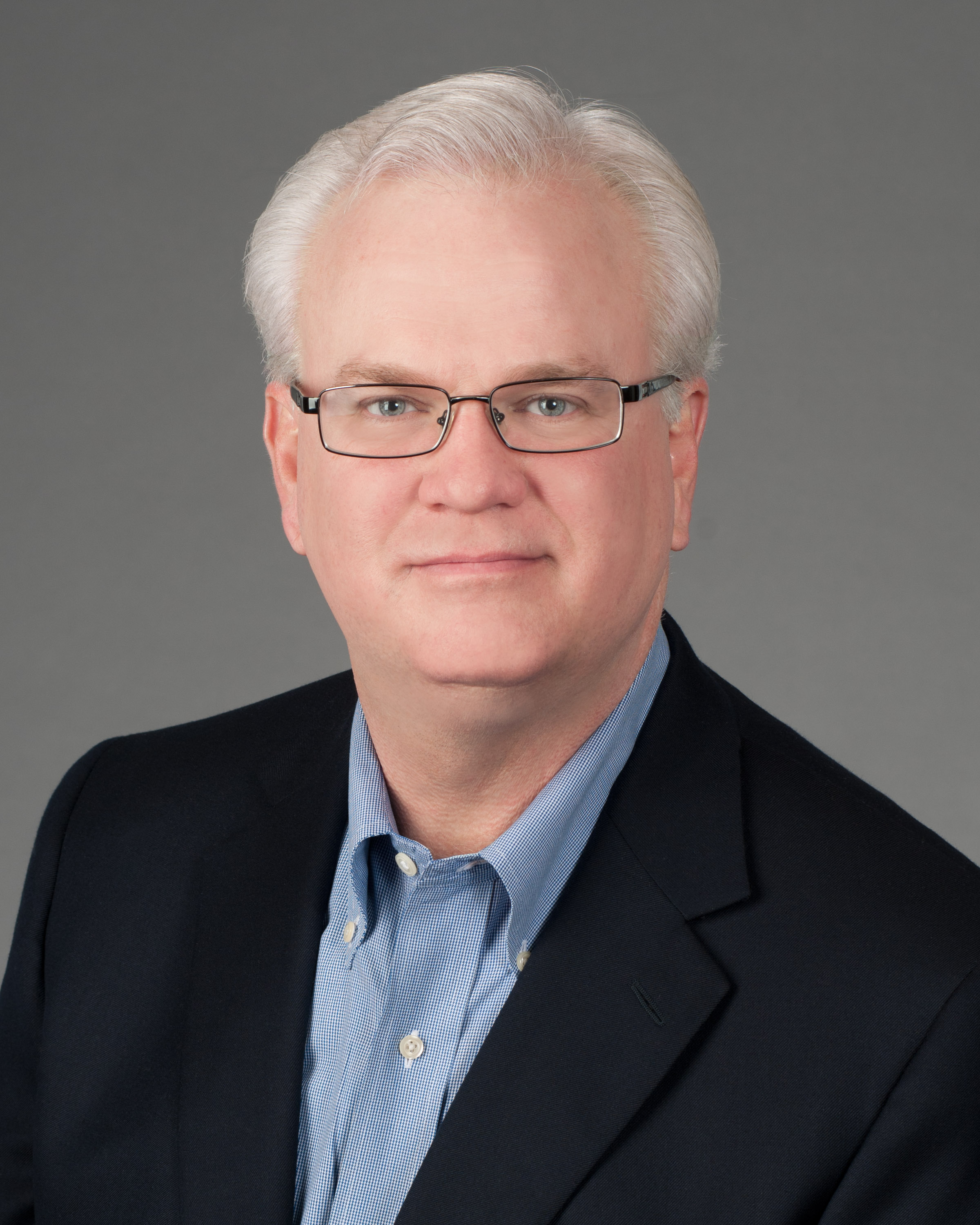
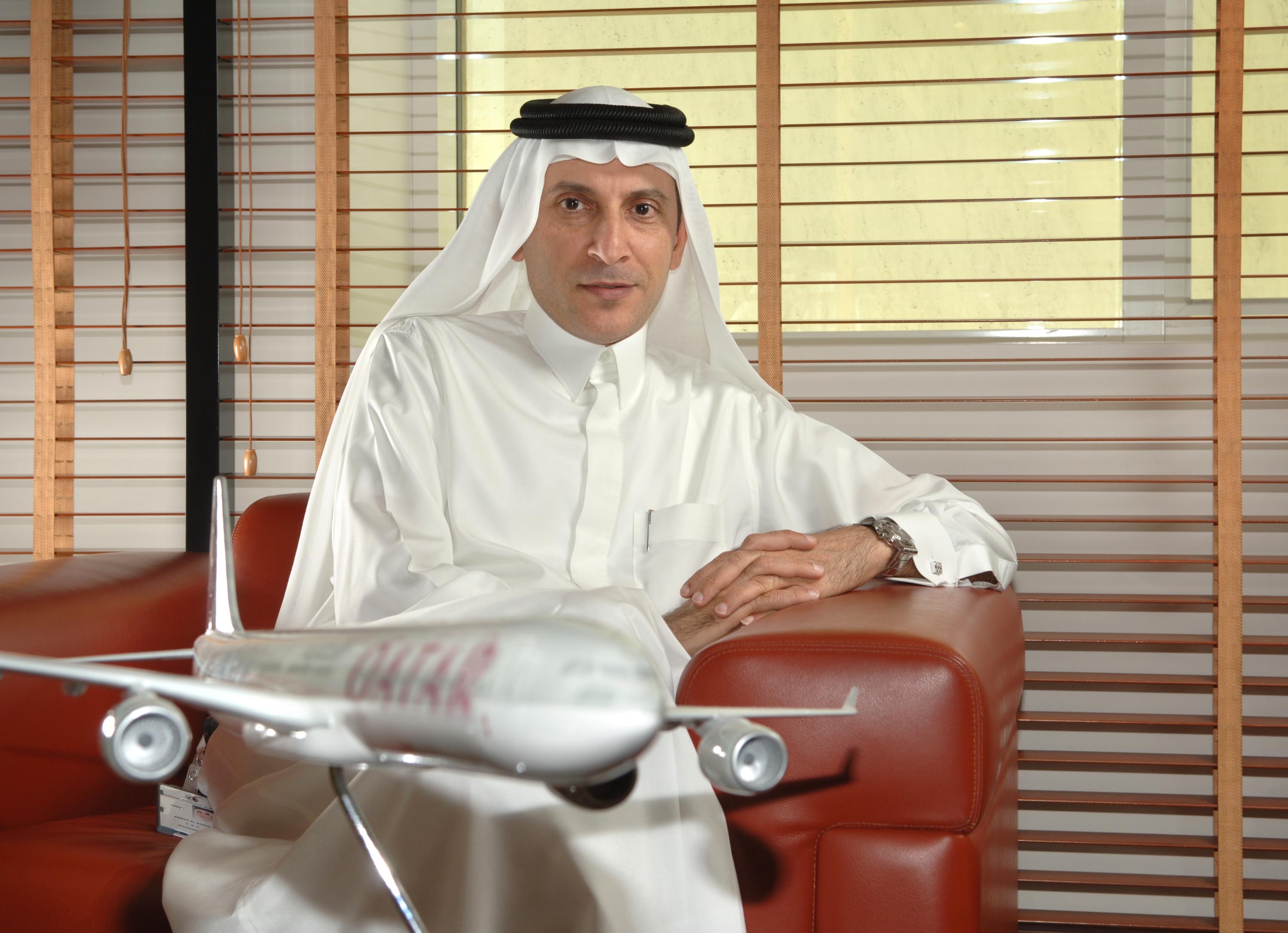

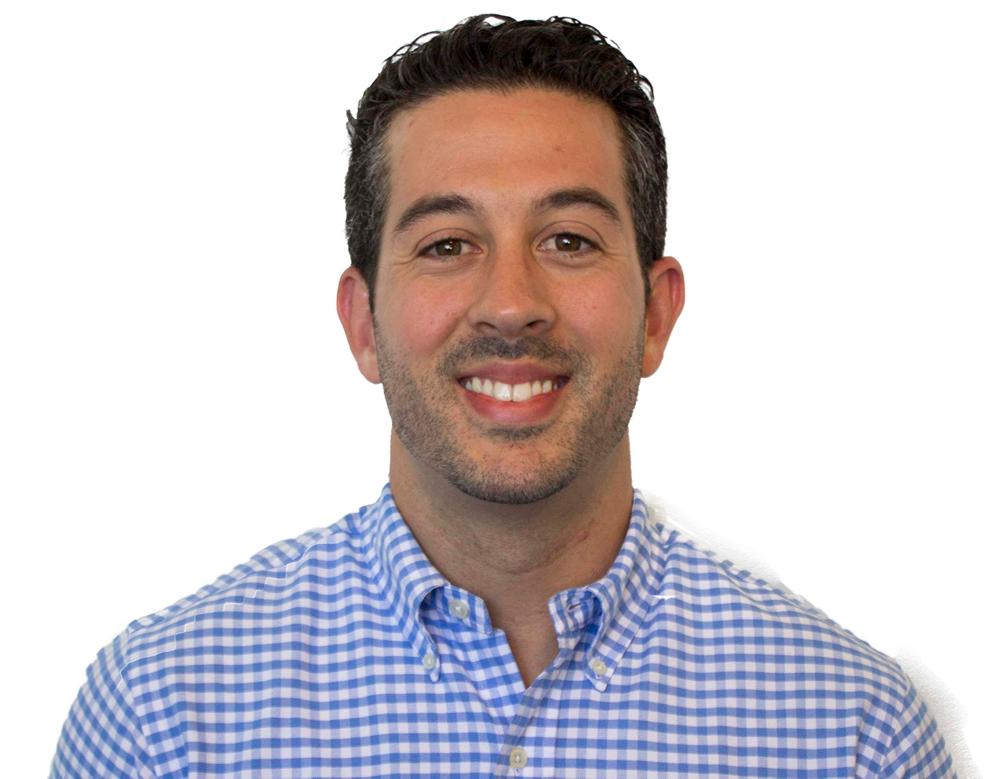
Interview
To what extent does Airbnb produce economic benefits to communities in which you operate?
We look at it from two angles: from the host perspective and from the guest perspective. From the guest perspective, this is an incredible benefit to them because they are able to have choices. At the end of the day, they put the value on the product. From the host perspective it is even better, because now they are able to optimize their asset. There are other companies that optimize services and time, but we optimize what is often one’s greatest assets: their home. A specific segment of the population that benefits from Airbnb are empty nesters, senior citizens sand those on fixed income. As it relates to our Seniors, they are not only staying active, which is important considering what we know about the effects of isolation, but they are also gaining a revenue stream. Airbnb not only produces an economic impact, but also a societal one. We are very proud of this.
Miami ranks in Airbnb’s top five markets in the U.S., behind New York, Los Angeles, San Francisco and Boston. What has been the company’s strategy to achieve such an impressive growth? What are the main differences in terms of market performance between Miami-Dade and the other top markets?
I don’t think it has as much to do with what Airbnb has done, rather it is a testament to the great community and destination that is Miami. According to the last census, we have 800 people a day moving into Florida, in net terms. Those are the ones moving in permanently. We are breaking tourism records every single quarter. And as much as I would love to take credit for that, the credit goes to South Florida and, in particular, the Greater Miami Conventions and Visitors Bureau (GMCVB), which ensures national and international visibility through their marketing efforts. We have amazing weather, the best beaches in the world and great food. There is no reason not to come to Florida 12 months of the year. We are the Gateway to the Americas. If you’re flying in from Europe, Africa, South America, North America, or anywhere else, you’re going to stop in Miami. And we have options for everyone’s tastes and purpose – whether you’re traveling for business and need wifi and a printer, or you are in need of medical assistance and must be close to your hospital, we offer all the options. With such affordable rooms offered on Airbnb, who is not going to want to stay an extra couple of days?
Some cities across the U.S. have embraced the short-term rental service, while others have fought Airbnb head on. How is Airbnb finding Miami-Dade to do business when it comes to regulation?
Miami-Dade has 34 municipalities. When you look across the county, there are some cities that are excited about it, while other cities that simply don’t know about us. When we came to Florida, we came to educate, advocate and make sure that the communities came out benefiting from Airbnb. There is a lot of educating to do. Airbnb is part of the new economy, and as the communities learn about home sharing, I am confident they will be more comfortable with it. That is why we are not rushing. We want to do the right thing, which is paying our taxes, and have common sense regulations that ensure our host are operating safely, legally and fairly. We have had very important meetings with municipal authorities across the county because we want them to look at us as a partner.
How has Airbnb impacted an already competitive hotel market in Miami-Dade?
The GMCVB produces a report where they describe the state of the market. And their numbers are growing. This supports our position that we are not taking a piece of their pie. Instead, we are making the pie bigger.
What can be done to avoid speculation in Airbnb? What has been the impact of this speculation on gentrification effects?
We have to look at it in a case-by-case base scenario. Every city has its regulations. However, it is also true that the studies show that short-term rentals have very little impact to the affordability of housing. Even so, in the cases where there has been speculation, we need to work with the authorities and the communities so this doesn’t become an issue. However, when we think about Florida, we know that second homes are part of the fabric and tradition of our State since the days of Henry Flagler.

How has Professional Bank evolved since its opening in 2008?
Professional Bank opened in 2008, right in the middle of the financial crisis. Despite the economic downturn, the timing was actually advantageous for us. As financial institutions were inward-looking, spending time and money cleaning their balance sheets, we were one of the few banks that were able to increase our activity by taking an outward-looking approach. We did not take on any bad loans or take on any toxic assets, but rather grew strong accounts enabling us to be highly rated by Bauer.
We began our journey as a full service commercial banking institution that caters to the professional community. However, we have evolved to also include residential lending, construction and commercial real estate financing, commercial business financing and SBA lending. Today, we are at roughly $400 million in assets with a diversified portfolio of assets. Technology, an area that we heavily invest in, has played an important role in leveraging our bank and has enabled us to cater to a growing number of clients with fewer offices. That said, we are planning to open a Palm Beach branch by summer 2017 and are actively looking at other markets in South Florida.
Which business lines are expected to rise faster in South Florida in the upcoming years?
Despite a strong dollar and the headwinds we are currently facing in Latin America, Miami continues to offer a strong business environment with expectations of growth in 2017. Our main growth driver in South Florida, commercial real estate, will continue to be a part of every community bank’s product set in Miami. One area in this space that will continue to grow and do well will be construction loans for the middle market homes. We see a lot of opportunity in areas like West and South Miami-Dade. On the other hand, high rise condominium construction that you see predominantly in Downtown and Brickell is starting to see some saturation, and, therefore, we will start to see some pull back on lending activity in those markets.
As Miami businesses continue to grow and expand, we see great opportunity in commercial lending. SBA lending is at an all-time high and we anticipate this will continue to grow in 2017.
Lastly, we just recently opened our insurance agency and are quite excited and optimistic about growing this business in 2017.
What are the expectations of the performance of the mortgage lending segment in Miami-Dade County and South Florida for 2017?
Mortgage lending is an area where Professional Bank has done exceptionally well. Even so, I like to say that we are cautiously optimistic as the rates are increasing. While homes priced under a million dollars are doing very well and are expected to continue to do so, rising rates, higher inventories and a stronger dollar have caused a slowdown in the upper end of the market.
We are carefully watching the bond market, observing capital flow out of the bond market and into equities, which forces interest rates upwards. This is important as we don’t know how much higher rates will grow. This ultimately affects how many people will be able to afford mortgages. However, by historical standards, rates continue to be very low, and if people are in the position to purchase a home, this is still the right time to do so.
We are very bullish on bank profits as they are poised to do well with the anticipated Fed increases. Banks may see an increase in their profit margins, which would be good news for the sector. This might cause an increase in M&A activity, as investors will be willing to pay greater multipliers now that banks’ profits are expected to rise.
What is the impact and challenges of the current regulatory framework on South Florida’s banking industry?
One item the banking industry anticipates is the possibility of some regulatory relief in the near future. Modifying the Dodd-Frank Act would be very welcomed by the banking sector as a whole, and by smaller- and medium-sized institutions in particular. Dodd-Frank has some good aspects, but it has also been very onerous on the residential lending front. We would like to see some common-sense modifications to diminish the difficulties associated with compliance. Unintended consequences and costs occur because of these difficulties, such as the distortion in the burden of compliance between big banks and small banks. The former has armies of people working on compliance, the latter does not.
In 2015, Florida banks grew loans at more than twice the average percentage growth of other U.S. financial institutions. What are the main differences in such growth for the different type of institutions?
With over 1,000 people coming to our state a day, Florida is one of the fastest growing states in the country. This fuels our economy. This has benefited the banking industry because, as the economy expands, so does the banking sector. In South Florida in particular, the resurgence of real estate values has fueled a lot of our growth. International banks have seen a slowdown due to currency devaluations, a strengthening dollar, regulations and socio-political issues they are currently facing in areas like Latin America.
Domestically, the banking industry overall has cleaned up their balance sheets, building strong reserves, allowing them to be more aggressive in business. However, in general terms, the current banking growth has not been accompanied by an increase in nonperforming loan thus far, so it is safe to say that what we are seeing is healthy growth.
Taking into account that the banking industry is quickly embracing technological advances, what are the main challenges and opportunities regarding security?
Cyber security is one of the main subjects that concern every bank. We can never be ‘too safe’ because there are always new ways of experiencing attacks and new threats. This is why investment in software security is a top priority not only for us but also for every bank. Small- and medium-sized banks have an advantage over big banks because security issues are handled by third party, specialized professionals that produce state-of-the-art security systems designed specifically for the bank. Larger banks struggle with this because of their size. Another challenge is the possibility of a high-tech game changer in the banking industry, like Uber has been to the transportation business. That being said, it is also important to underline the fact that technological advances have allowed us to grow exponentially with a smaller footprint. To be able to operate in Miami with only two branches is something that I find remarkable.
For more information on Professional Bank, visit their website at: www.professionalbankfl.com
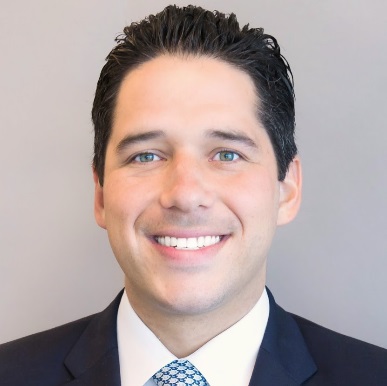
What have been the most important milestones of 2016?
In 2016, we grew our client base substantially. Our assets have more than doubled. At the beginning of the year, we were handling $12 million, and now we are handling approximately $27 million. We have continued to focus on our performance and try to deliver the best value to our clients. International demand has been key to achieve such growth, specifically the fact that many Venezuelans have been seeking a safe haven for their assets in Miami. We are not seeing as many people from other countries coming in similar immigration waves.
As the Fed raises interest rates, how does this affect long-term and short-term investment opportunities?
The Fed’s raising interest rates will create a transfer from debtors to savers. This can put downside pressure on real estate and stocks, but I highly doubt they will raise rates much due to this fact.
If the Fed were to raise rates substantially, a long term real estate buying opportunity could be created if prices were to come down. Then, yield on income property (unsure of written text). Considering the affordability of real estate combined with higher rates, it’s likely that rates will not increase much more for the time being.
Additionally, if they raise rates, bonds are more attractive.
How would you comment on the Miami-Dade CFP firm environment?
It is a very competitive environment, with a lot of financial service firms in the area and a lot of baby-boomers reaching retirement age. However, I believe that is the normal situation in this industry, whether you are in Tampa, New York or Miami.
Looking into the medium term, what are Barnett’s plans for Miami-Dade?
We will continue to look after our clients and our strategies while focusing on delivering what our clients are expecting from us. Florida has a great competitive advantage in the sense that there is no state income tax. New York and California have been loosing a lot of businesses because they don’t have this competitive advantage. On the other hand, the growth fundamentals are really solid, not only for Miami, but for Florida in general. If policy focuses on fostering growth and creating more job opportunities, at the end of the day, that is going to benefit the economy as a whole, causing the state’s revenues to grow. This is a much better approach than the typical increase in tax rates, which affect business activities and aggregate demand and, therefore, in the long term it also harms tax revenues, which is the opposite effect than the one pursued.
To find out more about Barnett Capital Advisors, visit their website: http://www.barnettcapitaladvisors.com/